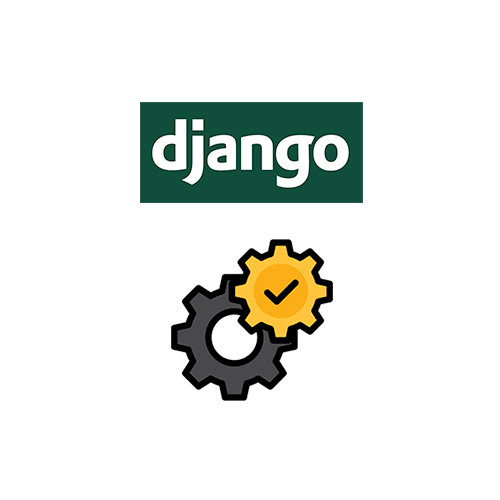Built a web app for a client to manage a digital printing workflow. The web app helps keep the overview of print jobs and allows the user to follow the progress from planning, printing, to production and shipment. This web app significantly decreases the manual steps (which is error-prone) to be performed by a user and therefore reduces the potential for errors. It has successfully helped to manage large amounts of print jobs during peak times.
Django is used to define a general model (data structure) for all data which is coming from various sources (XML, CSV, PDF, HTML). Individual small services/components are used to process these different sources. I did consider a microservice architecture but for the type of application it is overkill and would have unnecessarily increased the complexity. The services/components were developed separately and packaged as Python packages. Some are containerized while others are dependencies of (i.e., part of) the Django web app.
A central part is the ability to print a job directly from the web app on the production printer. This is accomplishment by integrating the printer via the industry standard JDF/JMF. JMF stands for Job Messaging Format and is a communication protocol based on XML over HTTP. JDF stands for Job Definition Format which describes the print ticket in XML for the production printer.
In this project I wrote unit tests from the beginning and have to say that has helped to increase the quality of the application. It has lead to only a few bugs that made it into production. I also used drone as the continuous integration server and for deployment to the staging environment.
Skills/Technologies:
- Frontend: CSS, HTML, JavaScript, jQuery, Bootstrap
- Backend: Python, Django, PostgreSQL
- Other: Docker, Unit Testing, CI/CD, Web/Document Scraping, Data Analysis (pandas), Git, Bash, XML, JSON, Network Printing via JDF/JMF
